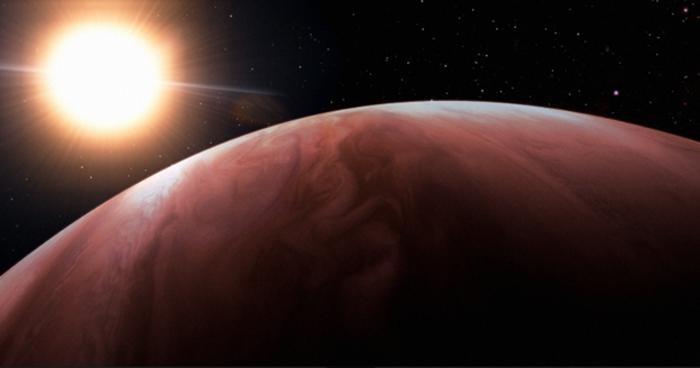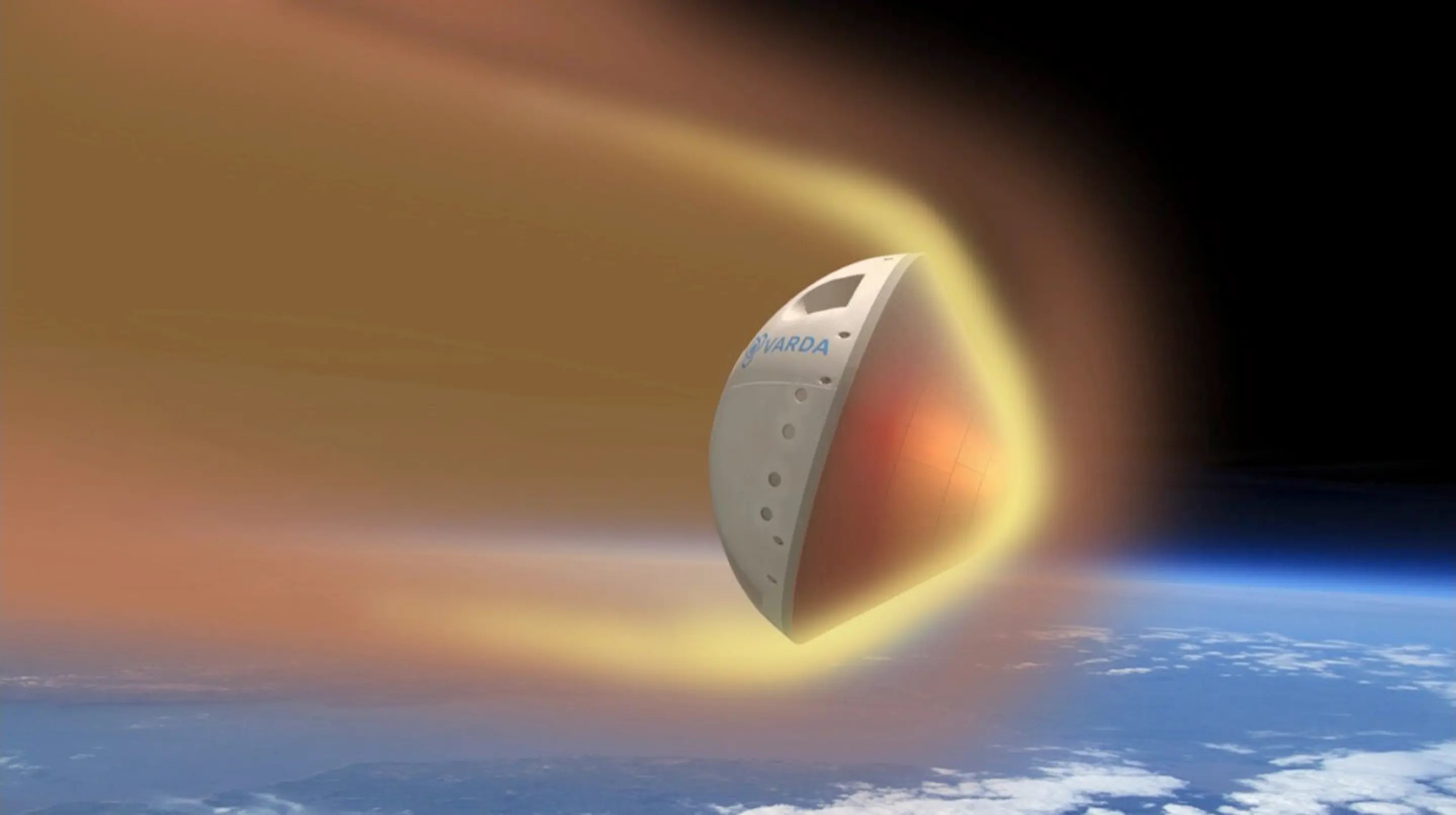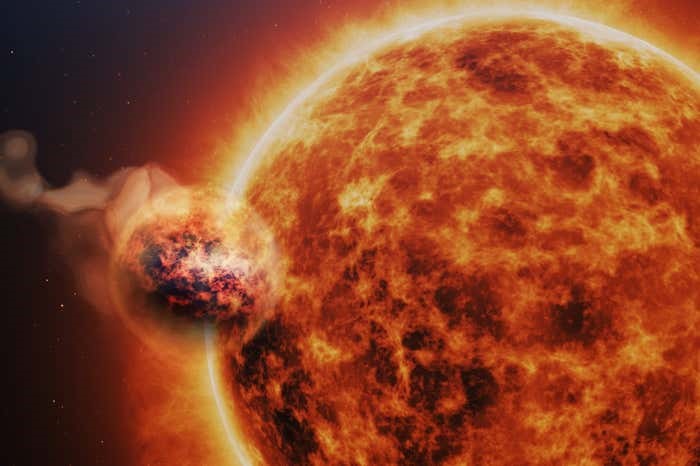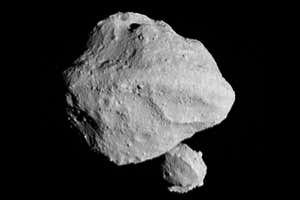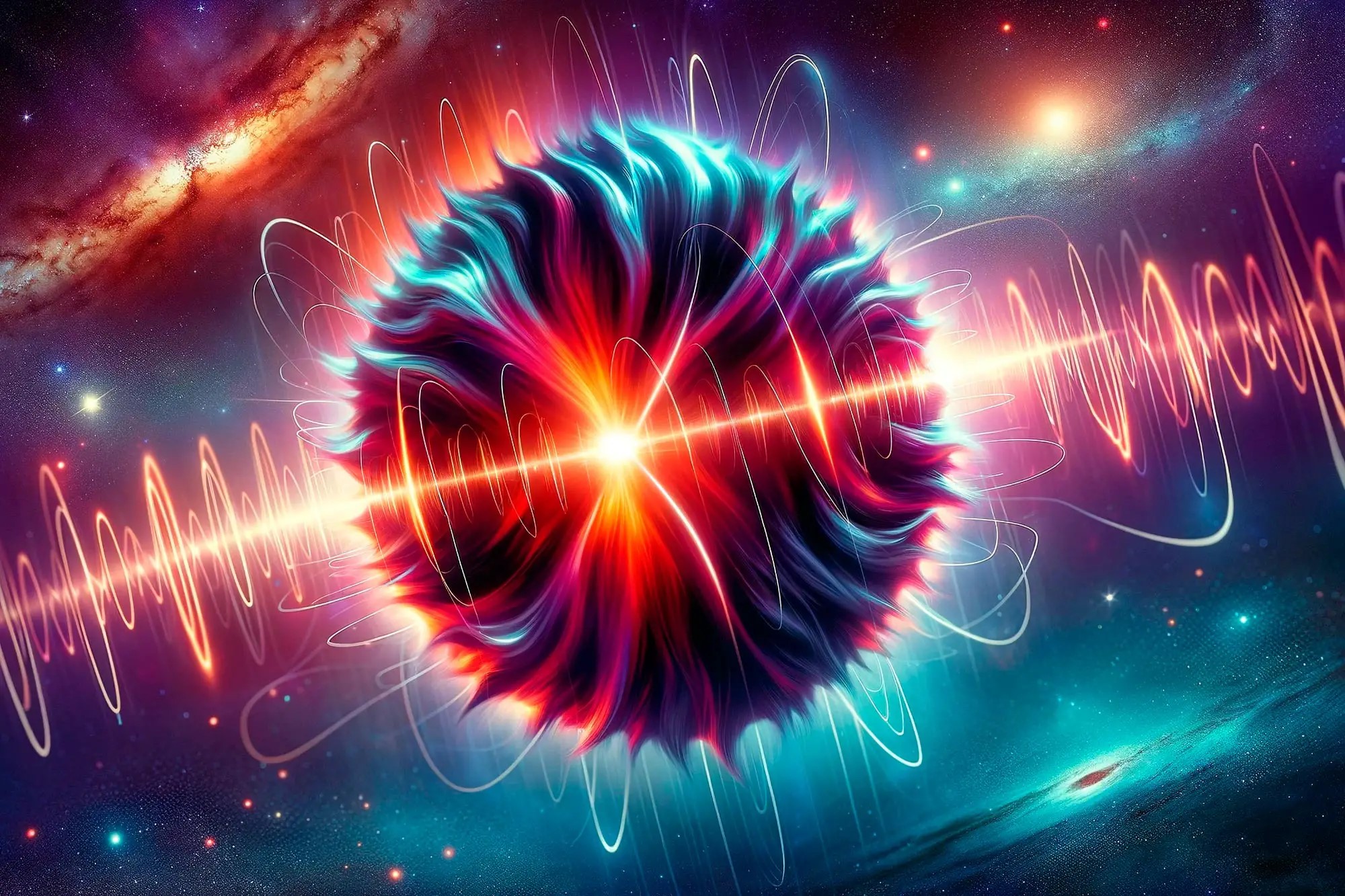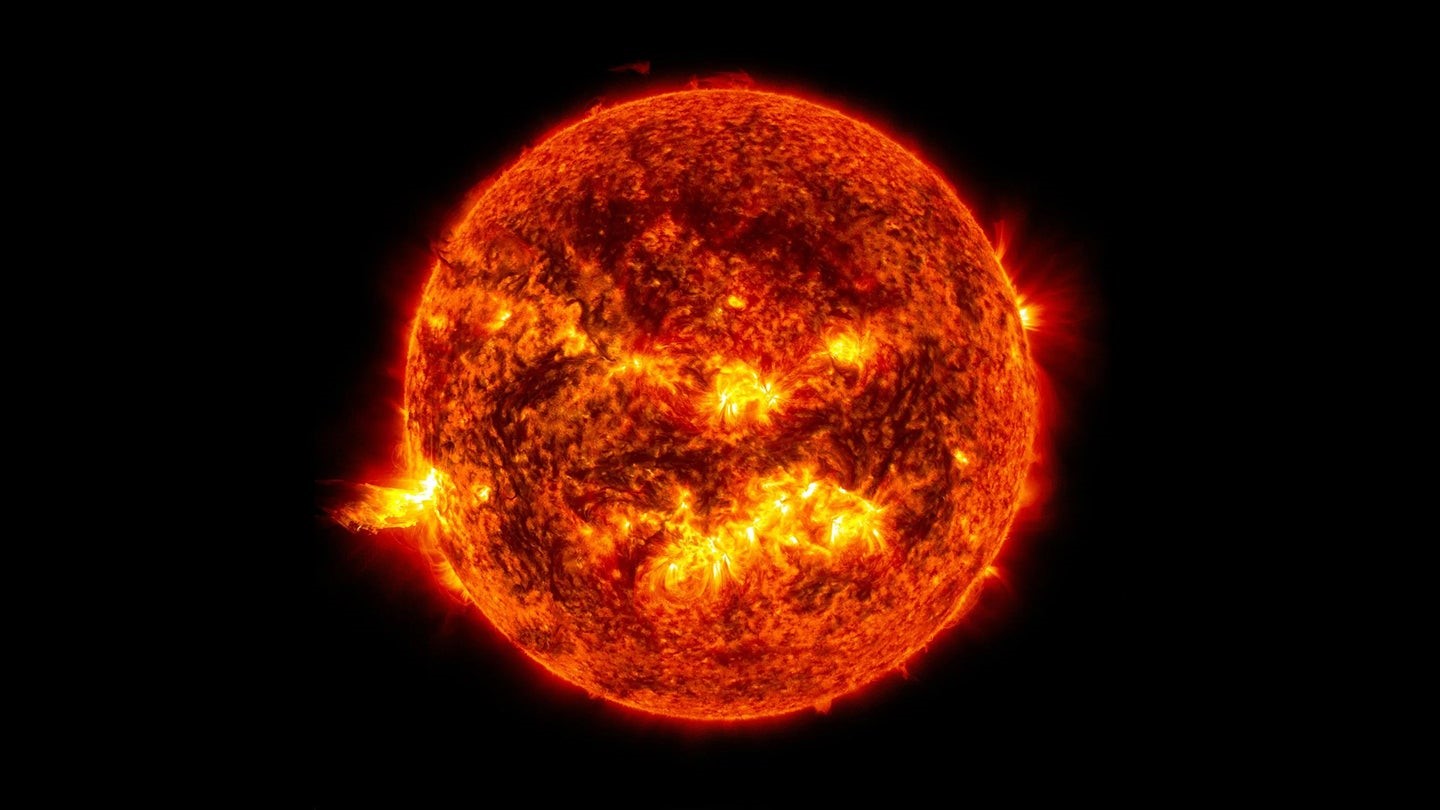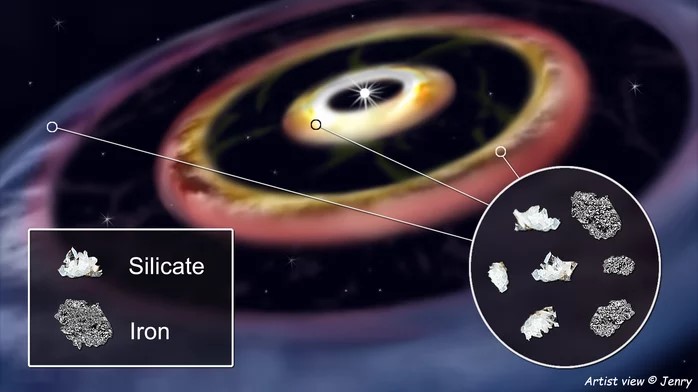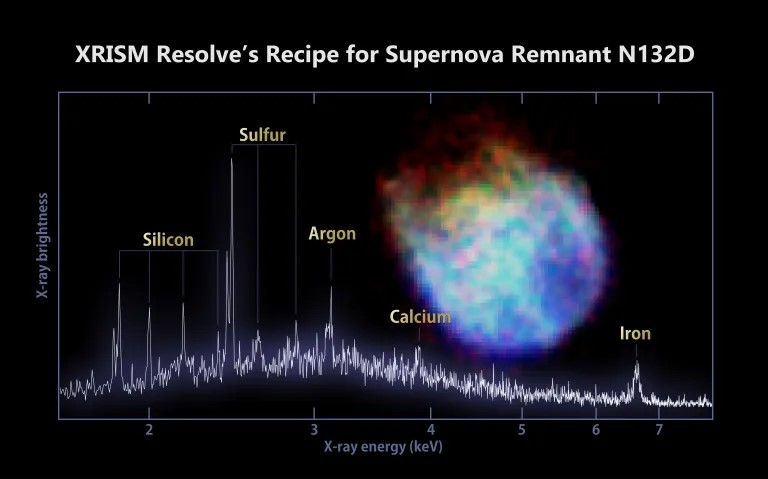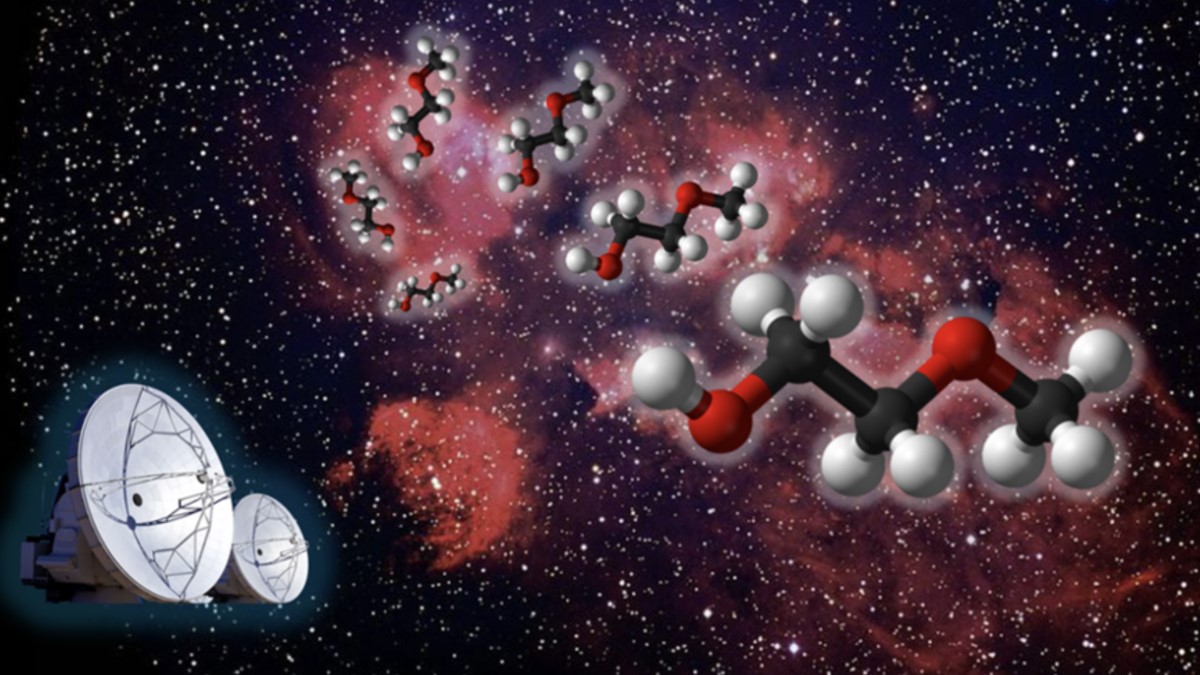Scientists Uncover Hidden Link Between Crystals and Currents in Physics
Researchers at Osaka University have uncovered a connection between the equations describing strain from atomic dislocations in crystals and a well-known formula from electromagnetism. This discovery could propel advancements in condensed matter physics.
A core objective of physics is to explain various natural phenomena with a minimal set of fundamental principles. Interestingly, seemingly unrelated problems often share similar mathematical structures. For instance, the equation for heat flow closely mirrors the one for particle diffusion.
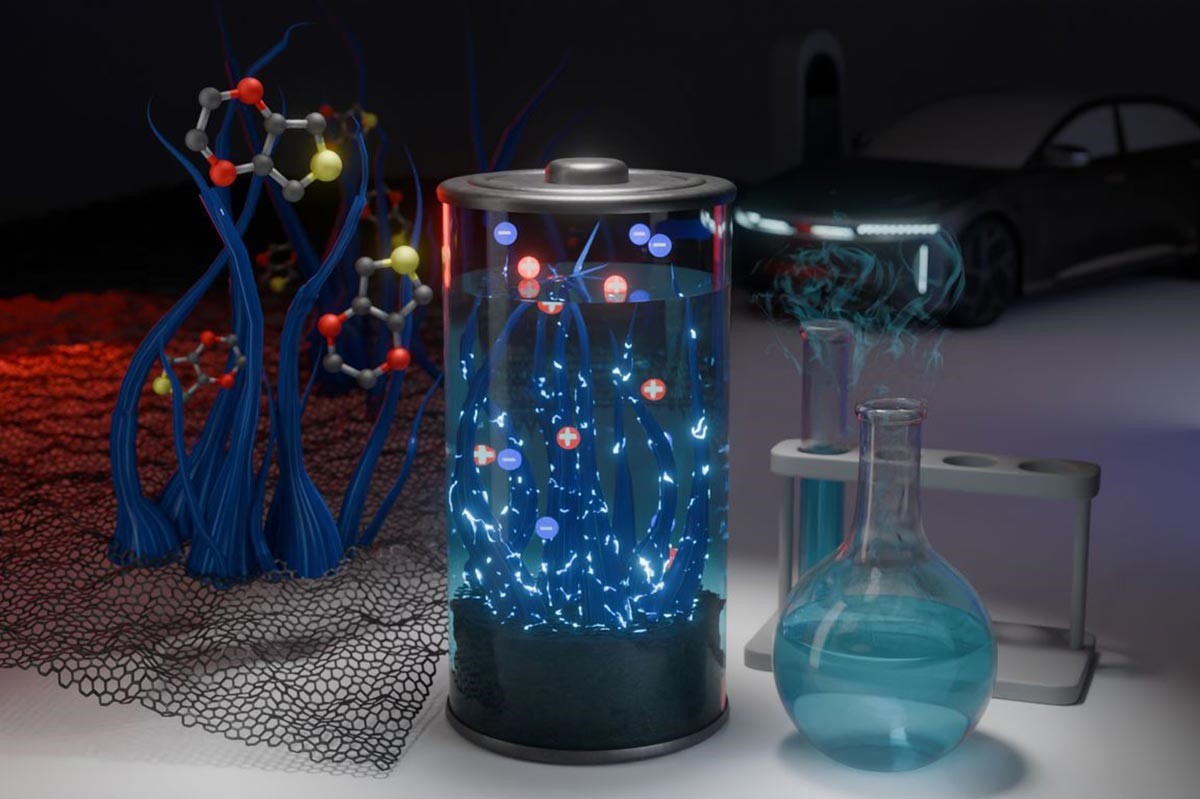
Figure 1. Plastic Strain Fields and Reciprocal Lattice Vectors of Dislocations
Likewise, wave equations are used to describe a wide range of phenomena, from water motion to sound propagation. Physicists are continually looking for these types of connections, which highlight the underlying "universality" of the physical laws governing different systems [1]. Figure 1 shows Plastic Strain Fields and Reciprocal Lattice Vectors of Dislocations.
In a study published in Royal Society Open Science, researchers from Osaka University uncovered an unexpected connection between the equations describing defects in crystal lattices and a well-known formula from electromagnetism.
They showed that the fields representing strain around lattice dislocations in crystalline materials, described by Cartan’s First Structure Equation, follow the same equations as the Biot-Savart law. While Cartan’s equation can be complex and difficult to visualize, the Biot-Savart law explains how electric currents generate magnetic fields and is crucial for understanding modern devices like electric motors.
Unifying Concepts Through Universality
"Exploring Universality can be crucial in emerging scientific fields, particularly when governing equations are newly developed and their solutions are still not fully understood," says lead author Shunsuke Kobayashi.
The Biot-Savart law describes how an electrical current passing through a wire generates a magnetic field that curls around the current like a vortex. In a similar manner, certain atomic dislocations in a crystal lattice create a strain vector field in the surrounding atoms.
By applying the analogous Biot-Savart law from electromagnetism, it will now be possible to analytically calculate the effects of dislocations, offering a more straightforward approach compared to the complex Cartan Structure Equations [2]. "This discovery is expected to provide a foundational theory for understanding the plastic deformation of crystalline materials, paving the way for various applications in material science," says senior author Ryuichi Tarumi. The researchers also believe that identifying such connections across different fields could lead to new discoveries.
References:
- https://scitechdaily.com/when-crystals-behave-like-currents-scientists-discover-hidden-link-in-physics/
- https://ground.news/article/when-crystals-behave-like-currents-scientists-discover-hidden-link-in-physics
Cite this article:
Janani R (2025), Scientists Uncover Hidden Link Between Crystals and Currents in Physics, AnaTechMaz, pp. 175


